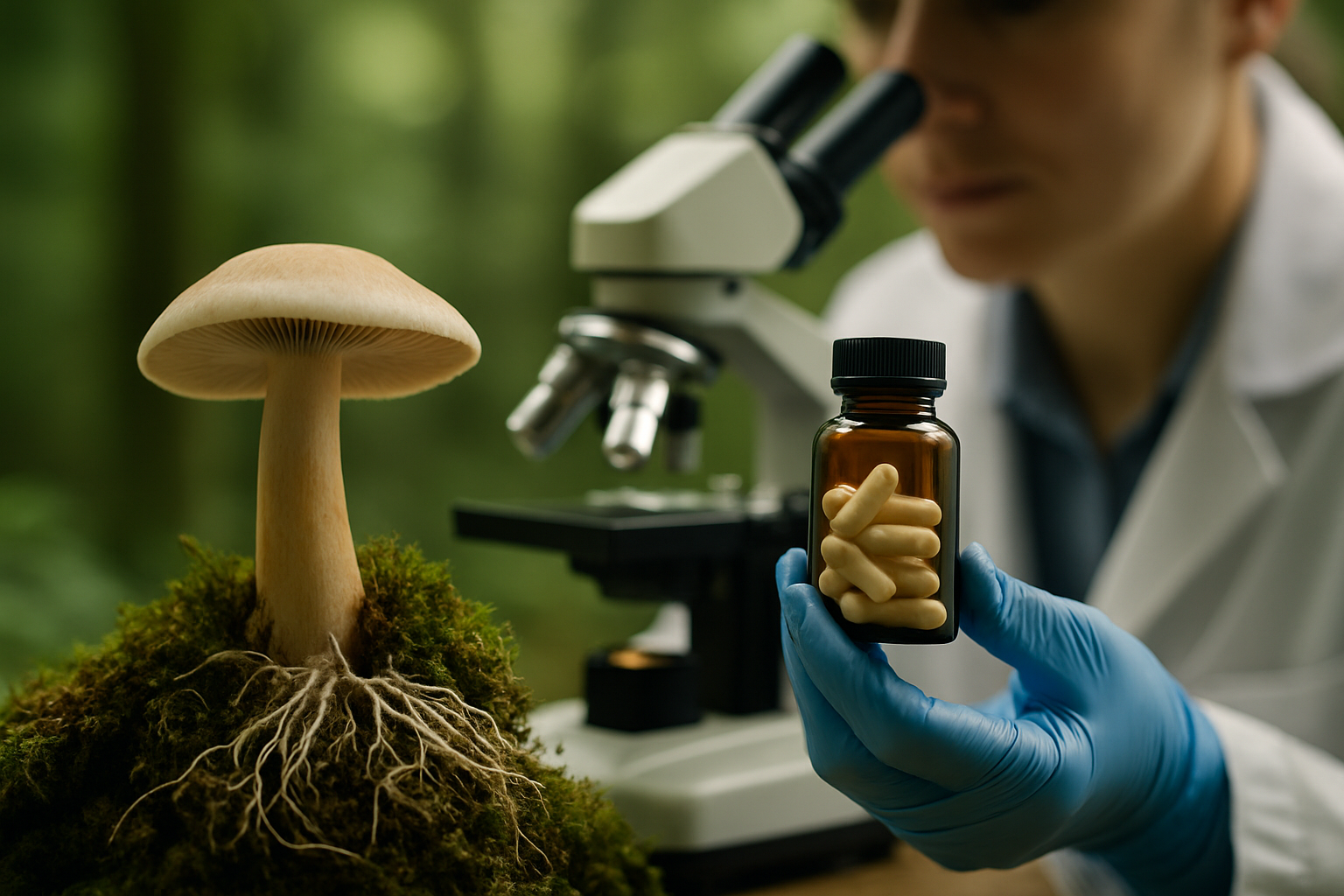Harnessing the Healing Power of Mushroom Mycelium
Imagine a hidden network beneath our feet, silently working to restore balance in nature and potentially revolutionize human health. This intricate web, known as mycelium, forms the root structure of mushrooms and holds untapped potential for wellness. Could this fungal foundation be the key to unlocking new frontiers in medicine and environmental restoration? Let's delve into the fascinating world of mushroom mycelium and explore its promising applications.

Historical Context: From Ancient Wisdom to Modern Science
The use of mushrooms in traditional medicine dates back thousands of years, with ancient cultures recognizing their healing properties. However, it’s only in recent decades that scientists have begun to unravel the mysteries of mycelium itself. This shift in focus from fruiting bodies to the underground network has opened up new avenues for research and application.
Mycelium’s Role in Environmental Restoration
One of the most exciting applications of mycelium lies in its potential for environmental remediation. Mycoremediation, the use of fungi to decontaminate polluted areas, has shown promising results in cleaning up oil spills, heavy metals, and even radioactive waste. The mycelium’s ability to break down complex compounds makes it a powerful ally in our fight against environmental degradation.
Medicinal Marvels: Health Benefits of Mycelium
Research into mycelium-based medicines is revealing a treasure trove of potential health benefits. Studies have shown that certain mycelium extracts may possess anti-inflammatory, antioxidant, and immune-boosting properties. Some compounds derived from mycelium are being investigated for their potential in cancer treatment, while others show promise in supporting cognitive health and reducing the risk of neurodegenerative diseases.
Innovative Applications in Sustainable Design
Beyond its medicinal applications, mycelium is emerging as a sustainable alternative in various industries. Designers and architects are exploring mycelium-based materials as eco-friendly substitutes for plastics, foams, and even building materials. These biodegradable alternatives offer a glimpse into a future where our products and structures work in harmony with nature.
Challenges and Future Directions
While the potential of mycelium is vast, there are still hurdles to overcome. Scaling up production, ensuring consistency in mycelium-based products, and navigating regulatory landscapes present significant challenges. However, ongoing research and technological advancements are steadily addressing these issues, paving the way for wider adoption of mycelium-based solutions.
The Mycelium Revolution in Nutrition
The nutritional profile of mycelium is gaining attention in the health food industry. Rich in proteins, vitamins, and minerals, mycelium-based supplements are being developed to address various nutritional needs. Some researchers are even exploring the use of mycelium as a sustainable protein source, potentially offering an eco-friendly alternative to traditional animal proteins.
Fascinating Fungi Facts
-
Mycelium networks can span thousands of acres, with the largest known individual fungal colony covering an area of about 2,385 acres in Oregon’s Malheur National Forest
-
Some species of mycelium can conduct electricity and are being studied for potential use in bio-based electronics
-
Mycelium has been shown to break down certain types of plastic, offering a potential solution to plastic pollution
-
Certain mycelium networks can transfer nutrients between trees, even of different species, earning them the nickname nature’s social security system
-
Mycelium-based packaging is already being used by some companies as an eco-friendly alternative to styrofoam
As we continue to uncover the secrets of mycelium, it’s clear that this underground network holds immense potential for human health and environmental restoration. From groundbreaking medicines to sustainable materials, the applications of mycelium are as vast as the networks themselves. By harnessing the power of this natural wonder, we may find innovative solutions to some of our most pressing health and environmental challenges, ushering in a new era of symbiosis between humanity and the fungal kingdom.




